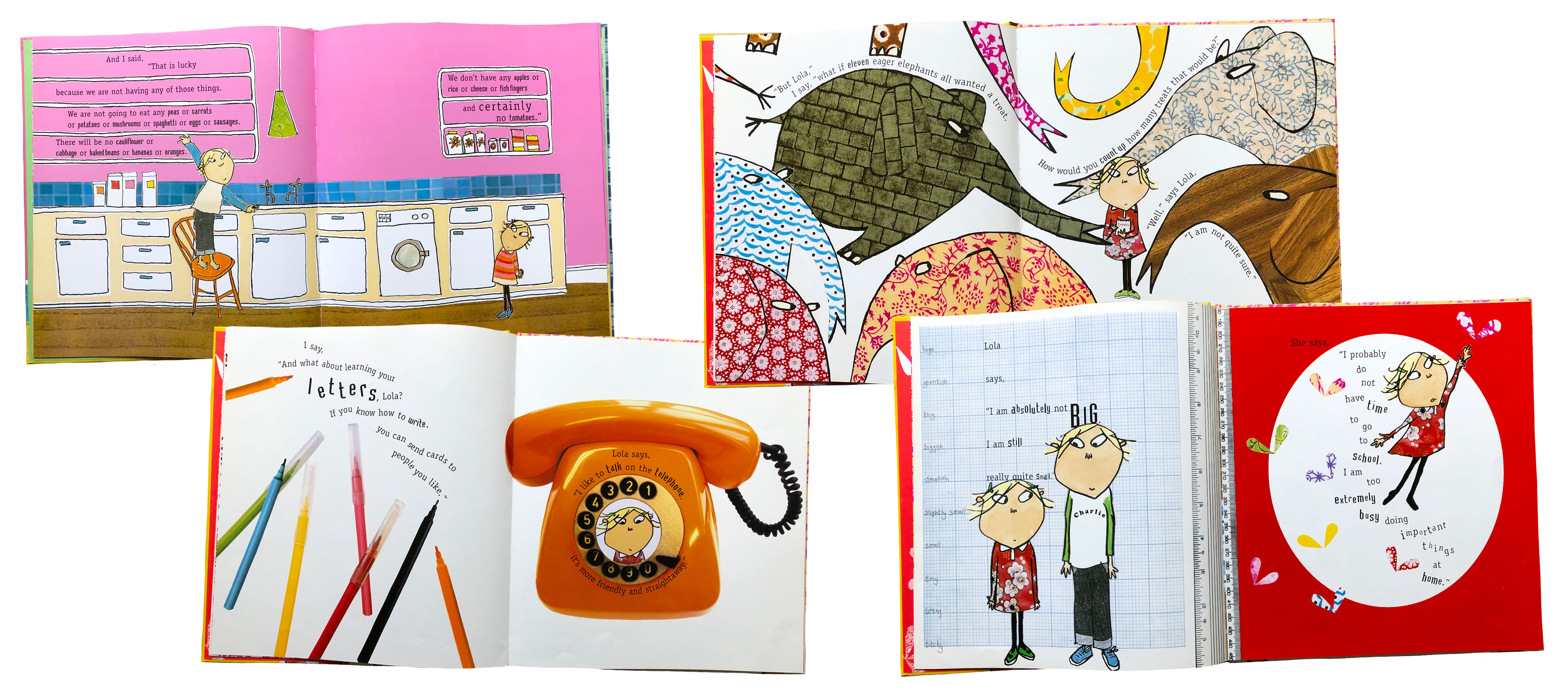How Print and Digital Coexist: Contextual Influences Lecture 3
Notes from websites to use for my Contextual Influences essay.
'How Print and Digital Coexist'.
How Technology Is Changing Visual Art - The New York Times (nytimes.com)
An article from The New York Times about how Technology is changing visual art- good reference for looking at accessibility. It focuses Minh Uong, a visual editor for the magazine company showing his perspective on how technology has changed his way of working. He talks about his process and tight deadlines making creating art traditionally by hand tougher than the more readily available and comprehensive digital alternative.
Successful illustrators have to be fluid in utilising both traditional methods and digital software. Today there's so much more pressure for people to be good at lots of areas and not reliant on a graphic designer as someone will always be more skilful than you. Very competitive with the creative industry being one of the most rapidly growing markets (find statistics).
Essay Topics
- Sustainability
- Accessibility
- Impact of Social Media
- Audience Response (try a poll on social media)
- Process
- Influence of Technology
- Fonts/binding/printmaking
- Effect of Viewing Platform
 |
| Almuth Ertl |
How designers are utilising the creative possibilities of sustainable print (itsnicethat.com)
An article about the endless opportunities that come with printing sustainably and rebirthing old processes. 'A breeding ground for new and exciting ways of working, being able to explore new methods in such a varied industry. Endless possibilities, combining new ideas/concepts with old methods bringing them into the 21st Century and almost reinventing them like trends- could be compared to the fashion life cycle with clothing styles circulating every 30 years or so. Highlights the constant cycle and how our opinions are altered so much by our peers and what is classed as 'popular'.
Artists more than most other professions should be aware of environmental impact and how we can work with sustainable materials, thinking about minimising our impact. Take into consideration small businesses/large printers and how they target this area. Recyclable packaging at Jacksons, everything is wrapped in corrugated paper for protection, other industries should look at ways to reduce their global impact. A lot of sketchbooks and gummed pads are now made from recycled coffee cups which is both better for recycling purposes and how the aesthetically for how the consumer uses them. Many artists prefer the texture of the speckled paper as it feels more organic and unique, like a traditional print or etching you'd find printed on cotton rag paper from hundreds of years ago. I think authenticity adds to the character of the artwork and makes it more desirable- creatives put so much effort into every element of their trade down to the way the paper looks and feels.
Companies utilising new ways for the consumer to use their packaging designs for children to make structures from. Innovative ways to reduce waste and make packaging more than single-use. IKEA is a good example of a sustainable company, IKEA Forest and making toys from sustainable materials like wood, cardboard and virgin plastic.
Increase in popularity for the risograph process (find an article about Riso's comeback, could reference Natalie Andrewson?)
Could say digital is more sustainable and there's not as much printing/test prints as thinks are usually viewed as PDF's or sent straight to the printers with few test prints. Traditional is process-based where the chance or mistakes is higher which comes with more exploration and ability to experiment. Traditional processes make way for innovative processes and thinking outside of the box, building on an original idea to make it better than you anticipated. I love this element of traditional and feel the imperfections bring character and personality that is lost behind a computer screen, the difference between illustration and graphic design (or digital and print). Print is more personable and engages with your senses, audience feels a better connection because they can touch the artwork and almost smell the printing process, so much more satisfying.
Exploring IKEA’s Sustainable Design Strategy: Part One (designorate.com)
'People and Planet Positive'.
SUSTAINABLE DESIGN targetting 5 categories: Form, Function, Quality, Sustainability and Low Price.
RAW MATERIALS: Bamboo growth is 10x faster than wood, wood sourced from IKEA managed forests, flax and linen, better cotton.
Collectives: The Future – The AOI
https://theaoi.com/2016/10/10/collectives-the-future/
"The “old” markets like magazine and book illustration are getting more and more weak – illustrators have to be very creative to gain new means of marketing their work and finding new ways to earn good money with their work. The collective work is always a good way to promote oneself, to do experimental work that could lead to new routes."
-GermanSpring Magazine Collective
SPRING magazine was founded in Hamburg, Germany, in 2004 by the same-named collective of women artists. Each year they bring out a magazine based on a single theme, previous issues include, 'Wunder', 'Happy Ending' and Yo Future!'. It's an unusual combination of comics, illustration and free drawing, realised using a wide variety of visual narrative techniques. I like how different it is compared to other illustration magazines like Juxtapoz as the visuals are mostly traditionally rendered using methods like screenprint, mark-making, mono-printing and graphite sketches.
 |
| Almuth Ertl |




Comments
Post a Comment